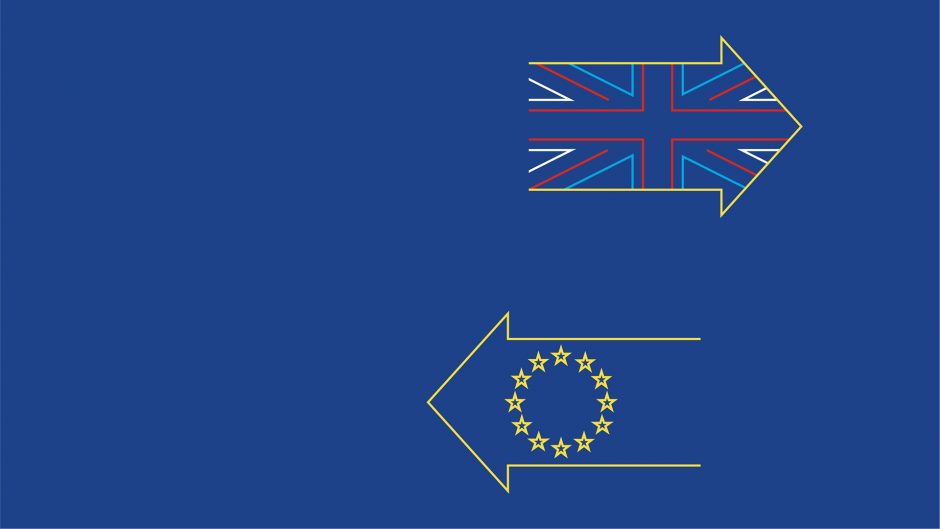Anfang Oktober hat die Europäische Wertpapier- und Marktaufsichtsbehörde („ESMA“) eine sehr interessante Untersuchung zur Verwendung von ESG-Begriffen in Fondsnamen und Fondsdokumentation veröffentlicht. Wir wollen einen näheren Blick darauf werfen.
Der Hintergrund
Die Transition hin zu einer nachhaltigeren Wirtschaft bedarf enormer Finanzmittel. Einen Teil davon kann der Fondsmarkt bereitstellen. In den letzten drei Jahren hat sich das globale Vermögen nachhaltiger Fonds laut ESMA verdreifacht und erreichte Ende 2022 in Europa einen Rekordwert von ca. 2 Billionen Euro. Es leuchtet deshalb ein, dass es wichtig ist, das Vertrauen von Investoren in nachhaltige Finanzprodukten im allgemeinen und Fonds im speziellen zu schützen und zu vermeiden, dass sie Opfer von Greenwashing werden. Nur dann wird auch die Nachfrage nach diesen Produkten nachhaltig bleiben (können) und Kapital kann darüber in die Umgestaltung der Wirtschaft gelenkt werden.
Problematisch ist dabei allerdings, dass es derzeit noch keine EU-einheitlichen Vorgaben (also eine echte Produktregulierung) zu der Frage gibt, wann sich ein Fonds als ESG-Fonds o.ä. bezeichnen darf (es gibt zwar bereits Ideen dazu, diese befinden sich aber derzeit noch im Entwurfsstadium – mehr dazu hier). Den Transparenzkategorien der EU-Transparenzverordnung (SFDR), die leider häufig als eine Art Ersatzklassifizierung oder -label genutzt werden, hatte der Gesetzgeber nie diesen Zweck zugedacht. Insbesondere der Name eines Fonds hat aber durchaus großen Einfluss auf die anfängliche Investorenbefassung und Investitionsentscheidung – ist er doch häufig der erste Berührungspunkt mit dem Fonds, gerade im Retail-Bereich.
Was hat die ESMA untersucht?
Vor diesem Hintergrund hat die ESMA nun genauer die Verwendung von ESG-Begriffen in Fondsnamen und -dokumenten sowie den Zusammenhang zwischen der Verwendung von ESG-Begriffen und ESG-Claims untersucht. Ihre Ergebnisse beziehen sich dabei jeweils auf die drei größten Fondstypen Equity-, Bond- und gemischte Fonds und fokussieren sich zudem auf aktiv gemanagte Fonds (was Sinn macht, denn der Name von z.B. einem Indexfonds spiegelt in der Regel schlicht den verfolgten Index wieder).
Hier sind die Key Findings:
Verwendung von ESG-Begriffen in Fondsnamen
1. Die Verwendung von ESG-Begriffen in Fondsnamen ist von unter 3% im Jahr 2013 auf ca. 14% zu Beginn des Jahres 2023 gewachsen.
- Dabei scheint es einen Zusammenhang mit dem Pariser Klimaabkommen aus dem Jahr 2015 zu geben, denn der Steigerungstrend bei der Verwendung von ESG-Begriffen in Fondsnahmen begann im Jahr 2016.
2. Für Fondsnamen werden eher unspezifische ESG-Begriffe als spezifische, den Bereichen E (Environment) oder S (Social) konkret zuordenbare Begriffe, verwendet.
- Das kann unter Greenwashing Gesichtspunkten durchaus ein Thema sein. Zwar eröffnet eine generischere ESG-Sprache dem Fonds ggf. mehr Flexibilität bei der Asset Allocation. Aus Greenwashing- bzw. Investorenschutzsicht gilt aber wohl, dass spezifischere Begriffe es leichter machen würden, zu überprüfen, ob das Fondsportfolio mit dem Namen übereinstimmt.
3. Während der letzten sechs Jahre hat die Nachfrage von Investoren nach Fonds mit ESG-Begriffen im Namen die Nachfrage für andere Fonds z.T. deutlich übertroffen.
- Das Nachfrage Peak befand sich dabei wohl in Ende 2020/Beginn 2021. Inzwischen hat sich die Nachfrage nach Fonds mit ESG-Namen der Nachfrage bzgl. anderer Fonds wieder angenähert, übersteigt sie aber weiter.
4. Fonds änderten im zeitlichen Zusammenhang mit dem ESG-Nachfrage-Peak ihren Namen zur Aufnahme von ESG-Begriffen.
- Bei den Fonds, die seit 2018 ihren Namen zur Verwendung von ESG-Begriffen geändert haben, handelt es sich um 4.6% der aktiv gemanagten EU Equity-, Bond- und gemischten Fonds. Einen Peak gab es von Mitte 2021 bis Mitte 2022. Hier gibt es wohl einen Zusammenhang mit Punkt 3, denn der Anstieg bei der Änderung der Fondsnamen folgt zeitlich der erhöhten Nachfrage nach ESG-Fonds Ende 2020/Beginn 2021. Wie auch die Nachfrage hat die Anzahl der Änderung von Fondsnamen inzwischen wieder abgenommen.
Verwendung von ESG-Begriffen in Fondsdokumentation und Werbematerial
Untersucht hat die ESMA die verwendete Sprache in (i) Basisinformationsblättern (Key Information Document – KID) / wesentlichen Anlegerinformationen (Key Investor Information Document – KIID), (ii) Anlagestrategien und (iii) Werbematerialien.
1. Beinhaltet der Fondsname ESG-Begriffe, ist der Anteil an ESG-Begriffen in KID/KIID und der Anlagestrategie höher als bei Fonds, die keinen ESG-Namen haben.
- Beim Werbematerial gibt es diesen Zusammenhang nicht. Das deutet darauf hin, dass allein ein ESG-Fondsname kein Treiber für die Verwendung von ESG-Begriffen in Webematerialen ist.
2. Die Verwendung von ESG-Begrifflichkeiten korreliert stark damit, unter welcher Transparenzkategorie der SFDR der Fonds einzuordnen ist.
- Wenig überraschend enthalten die Fondsdokumentation und die Werbematerialen von Fonds, die unter Art. 6 SFDR verpflichtet sind, am wenigsten ESG-Begrifflichkeiten. Mehr ESG-Begrifflichkeiten finden sich in den Dokumenten von Fonds, die unter Art. 8 SFDR verpflichtet und noch mehr bei solchen, die unter Art. 9 SFDR verpflichtet sind. Das ist logisch, denn im Vergleich zu einem „Art. 6-Fonds“ muss ein „Art. 9 – Fonds“ sehr konkrete ESG-bezogene Angaben machen.
3. Neuer aufgelegte Fonds verwenden mehr ESG-Begriffe als älter aufgelegte Fonds.
- Das spiegelt ebenfalls wenig überraschend die gestiegene Investorennachfragen nach „grünen Produkten“ wieder.
4. (ESG-)Kommunikationsstrategien werden an verschiedenen Lesergruppen angepasst.
- Kleinanleger-Fonds werden mit mehr ESG-Angaben in dem KID/KIID in Verbindung gebracht, als Fonds, die an institutionelle Investoren vertrieben werden. Dieser Effekt lässt sich aber nicht bzgl. der verwendeten ESG-Sprache in den nicht regulierten Dokumenten zur Anlagestrategie und den Werbematerialen beobachten. Das deutet darauf hin, dass Fonds speziell in den regulierten Dokumenten, die für Kleinanleger verwendet werden, mehr ESG-Begriffe verwenden und ihre Kommunikation an den jeweiligen Leser anpassen.
Fazit
Die ESMA sieht sich in der Annahme bestätigt, dass der Fondsname eine Quelle für Greenwashing sein kann, soweit der Name gar nicht das tatsächliche Nachhaltigkeitsprofil des Fonds wiederspiegelt. Entsprechendes gilt für die Fonddokumentation und Webemateriealien. Die Verhinderung von Greenwashing wird deshalb weiter ein Aufsichtsschwerpunkt sein. Das spricht dafür, dass eine echte Produktregulierung mit verbindlichen Vorgaben, wann sich ein Fonds als ESG o.ä. bezeichnen darf, wohl nicht mehr allzu lange auf sich warten lassen wird.


